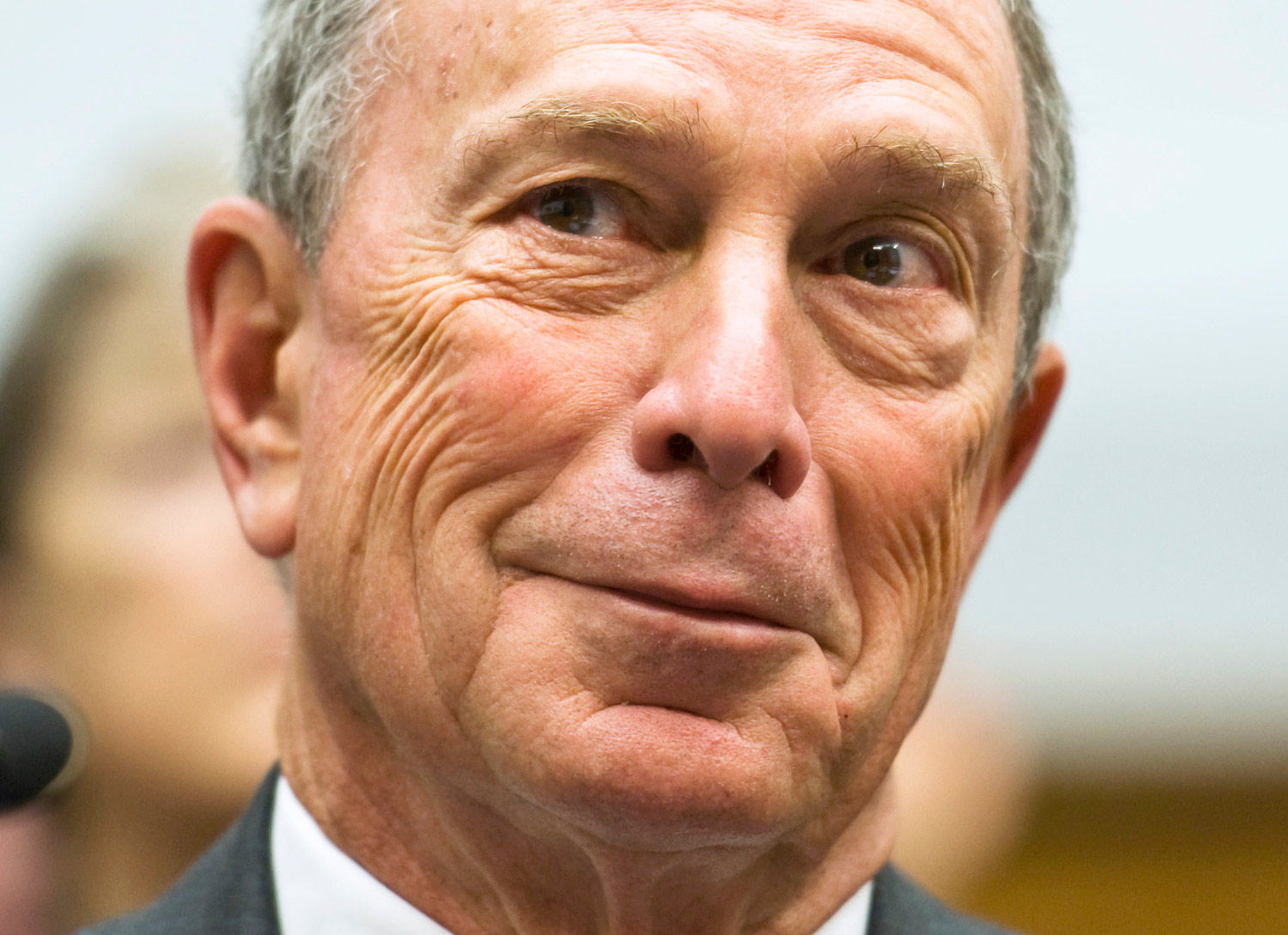
(AP Photo/Cliff Owen)
Mayor Michael Bloomberg’s final State of the City address, delivered February 14, 2013, was filled with sparkling statistics that only told half the story. He touted record low welfare rolls but declined to mention a poverty rate that’s as high as ever. New schools opened, but old ones unceremoniously closed. Housing units were built but not ones affordable enough to keep the ranks of the homeless from growing larger than at any time since the Great Depression.
Here are a few numbers he left out:
Inequality widened: Richest 1 percent earned 39 percent of total city income in 2012; 27 percent in 2002. Source: Fiscal Policy Institute
The poor stayed poor: 21 percent in poverty 2011; 20 percent 2001. Source: Fiscal Policy Institute [PDF]
Bloomberg got richer: Worth $27 billion today; $5 billion in 2005. Source: Forbes
Businesses got more breaks: City tax breaks for businesses nearly tripled since 2001. Source: Fiscal Policy Institute
Funding for human services dried up: down 8 percent when adjusted for inflation, between 2008 and 2013. Source: Fiscal Policy Institute
Rents rose: by 25 percent between 2005 and 2011. Source: Community Service Society [PDF]
Real median wages fell: by 8 percent between 2008 and 2011. Source: Fiscal Policy Institute
The homeless population exploded: by 61 percent under Bloomberg, to 50,000 men, women and children in shelters each night. Source: Coalition for the Homeless
“Affordable” housing stayed unaffordable: 2/3 of 124,000 “affordable” new housing units require occupants to earn more than the median income of their neighborhood. Source: Association for Neighborhood and Housing Development [PDF]
The rich paid less than their share: The top one percent earned one third of all income and paid about a quarter of all city taxes in 2010. Source: Fiscal Policy Institute
Every major public union contract expired: 152 bargaining units without a contract. Source: Wall Street Journal
Publicly elected school boards disappeared: 32 community school boards replaced by 1 mayor. Source: New York Times
An unprecedented number of schools closed: 164 schools closed or approved for phase-out since 2002. Source: NYC Department of Education
Stopped and frisked by police: 5 million stops. Source: New York Civil Liberties Union
A job didn’t mean prosperity: 400,000 workers did not earn enough to stay out of poverty in 2011. Source: Fiscal Policy Institute
On the other hand, as Bloomberg pointed out:
Biking became easier: 440 miles of bike lanes built under Bloomberg. Source: Michael Bloomberg
Greenhouse gasses cleared: Emissions down 15 percent since 2005. Source: Michael Bloomberg
Emergency response time hit new low: 6 minutes, 30 second on average in 2012. Source: Michael Bloomberg
Homicide rates dropped: 419 in 2012; 714 in 2001. Source: Michael Bloomberg
Roads, sewers and a Third Water Tunnel were constructed: $88 billion spent on capital infrastructure projects since 2002. Source: Michael Bloomberg
Read all of the articles in The Nation‘s special issue on New York City.
Alleen BrownAlleen Brown is a Minneapolis-based writer. Her work has been published in In These Times, MinnPost.com and the Twin Cities Daily Planet.